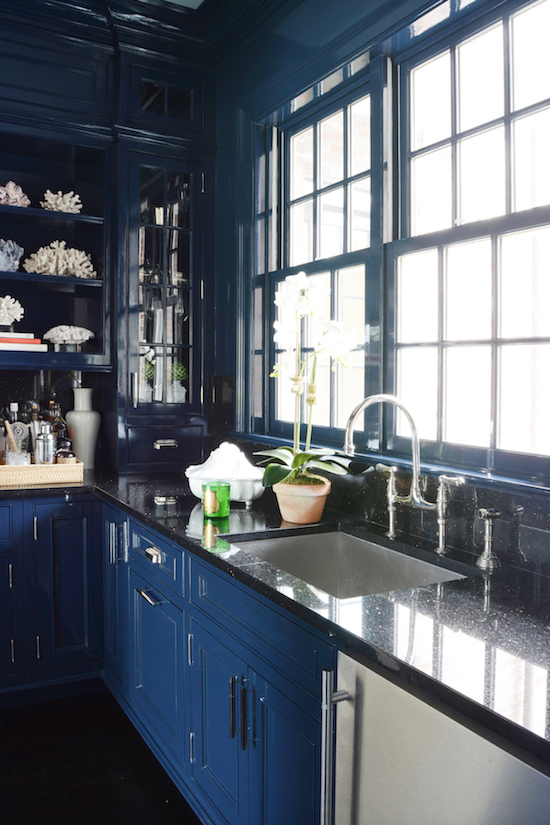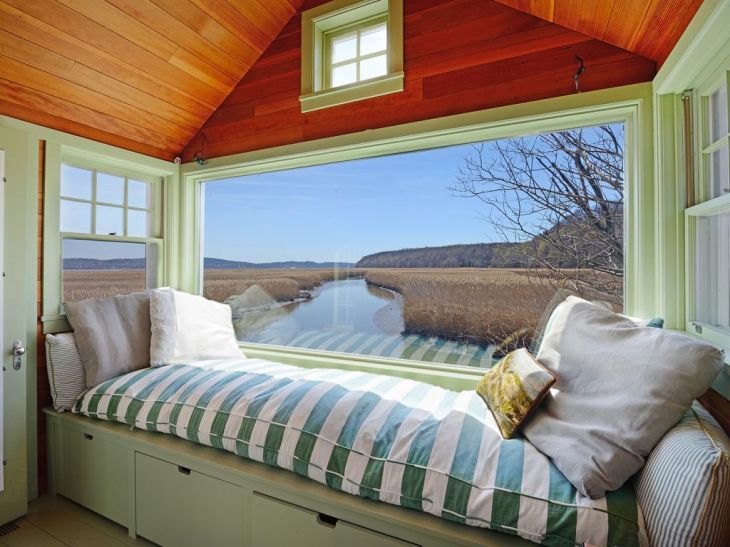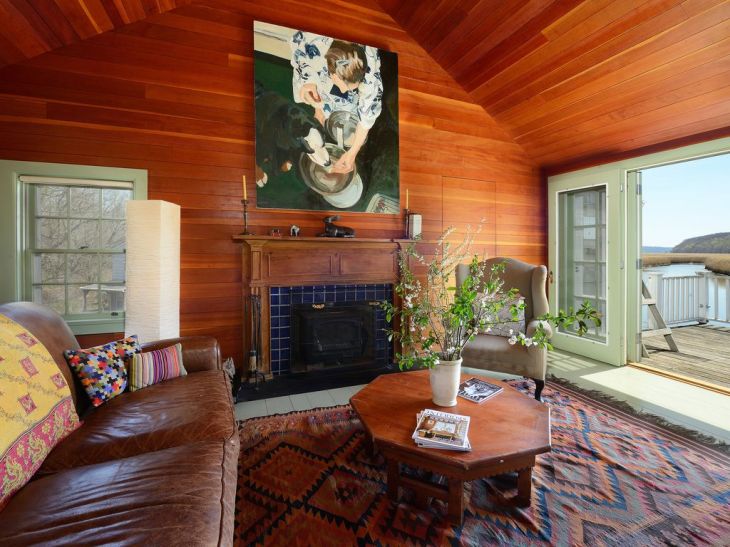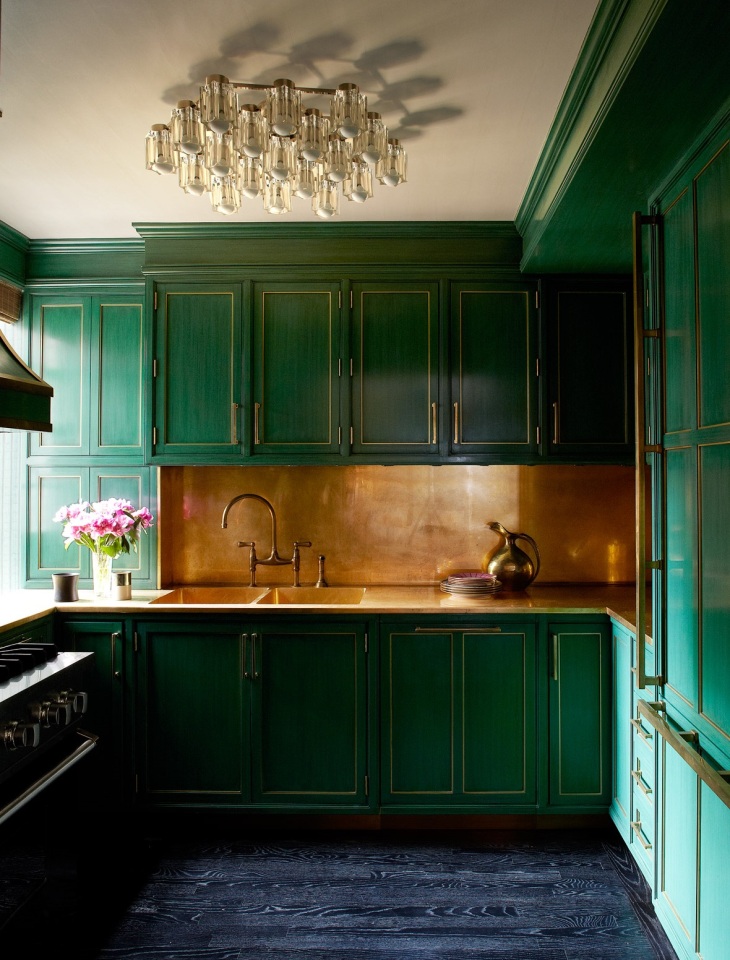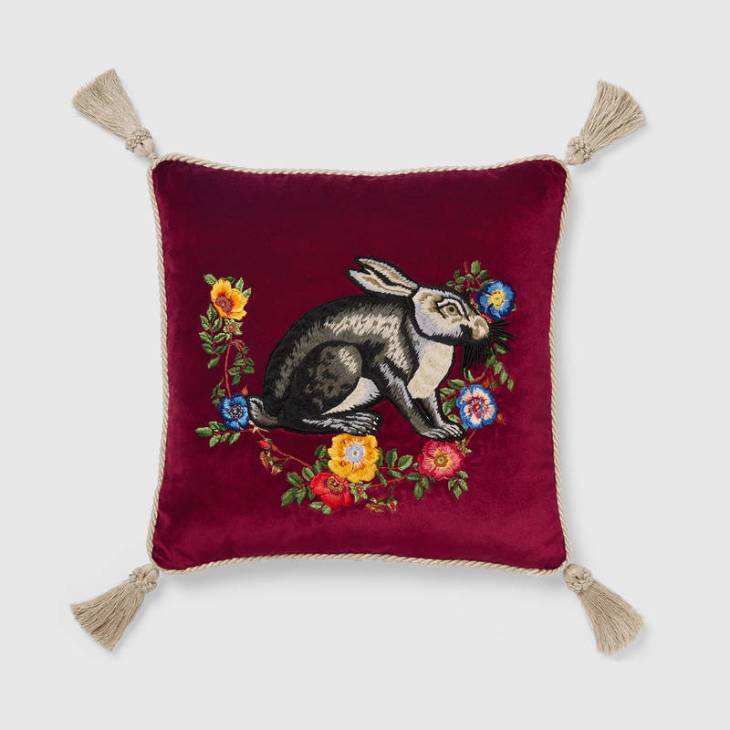
Lately I’ve been thinking about my own place. Not that it’s happening in the immediate future (I currently live with family), but inevitably I will need to get my own place – likely a small one-bedroom or even studio apartment. I’ll finally have carte blanche when it comes to every single decision regarding design and function. The scenarios I’ve played out while pouring over Sotheby’s real estate listings will suddenly be a reality, albeit with one significant caveat. How do I reconcile years of inspiration via Architectural Digest with a Dollar Store budget?
I’ve never been a Target idolator, but I’ve always respected their collaborations with well-regarded and high-priced brands and designers. I like the idea that your average person can get a piece of the pie, can own a version of something they’d normally only be able to afford in a parallel, affluent life. Others criticized these collaborations, saying that the mass-market affordability (and the step-down in tangible quality necessary to make them happen) cheapens the brand. The reason people want the brand in the first place is because of the quality and the exclusivity, so by doing a line at Target, is anyone really getting what they want? I can see both sides of the argument, but I think critics will be happier with Target’s newer approach. They’ve skipped the middle-man and created their own lines, inspired by trendier and more expensive brands. A brand’s reputation isn’t hurt, but Target shoppers can choose from items that are more in line with what they might be coveting online or in magazines than one would expect from such a massive, accessible store.
One such line created by Target seems to have caught the attention of many design bloggers and Instagram basics. It’s called OpalHouse and it’s incredibly (sometimes painfully) trendy, seemingly very heavily inspired by Anthropologie’s home collection of product. As I filtered through the 567 (!!) items available in the Opalhouse collection on target’s website, I thought about what items I’d consider purchasing, were I in need to furnishing my own place. Definitely best to avoid anything too trendy or attention grabbing, something that I wouldn’t get sick of, wouldn’t be embarrassed if any guest saw it, and things that reminded me of things I’d seen and wanted over the years, albeit at a much much MUCH lower price point. I decided to give myself a budget of $25 or less per item, and not to go crazy. I think it’s important your home didn’t look like someone else designed it, and picking too many items from one brand or one collection is a trap to adopting someone else’s taste as your own. Where’s the fun in that? Here’s what I came up with:
 ^ Plastic Tumblers 16oz ($1.99 each) and 22oz ($2.49 each)
^ Plastic Tumblers 16oz ($1.99 each) and 22oz ($2.49 each)
 ^ Velvet Fringe Pillow ($24.99)
^ Velvet Fringe Pillow ($24.99) ^ Palm Taper Candlesticks ($14.99 each)
^ Palm Taper Candlesticks ($14.99 each) ^ Artificial Palm Leaf Plant in Gold Base ($24.99) – I’m not sure I can keep a real one alive
^ Artificial Palm Leaf Plant in Gold Base ($24.99) – I’m not sure I can keep a real one alive ^ Various Wood and Cast Frames ($14.99 each)
^ Various Wood and Cast Frames ($14.99 each) ^ Green Embroidered Tassel Accent Rug ($19.99)
^ Green Embroidered Tassel Accent Rug ($19.99)
^ Floral Earthenware Vase ($14.99)







